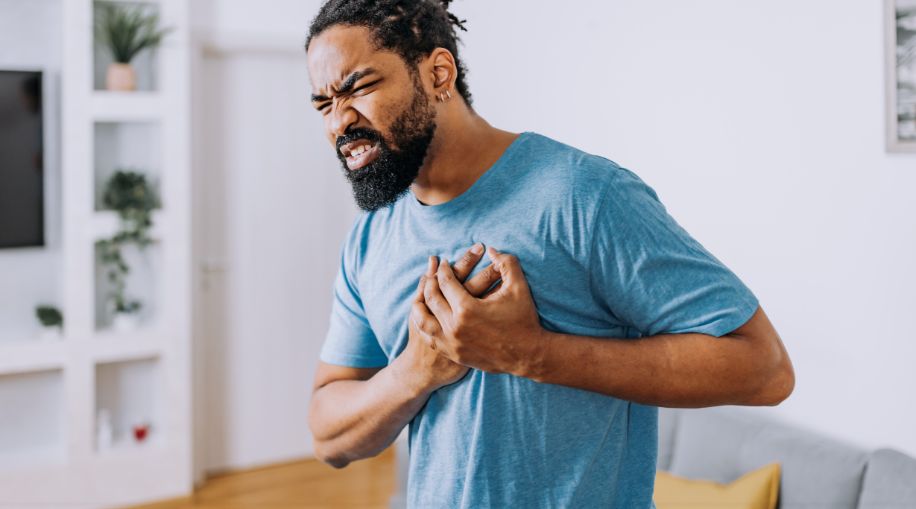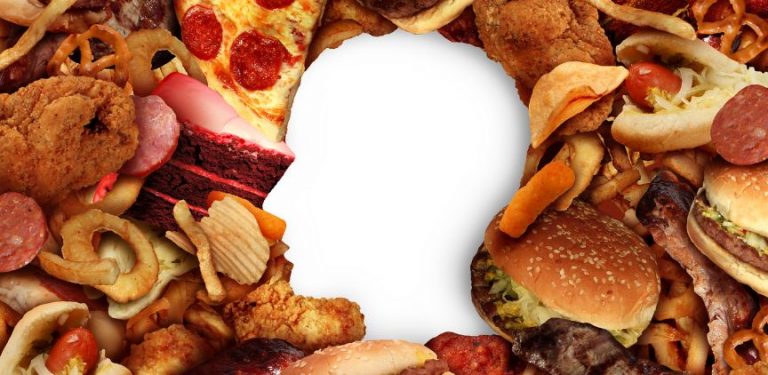Breathless Clues
Knowing the signs of COPD can help you seek treatment early and manage your health better. Here are 10 signs of COPD to look out for:
10 Signs of COPD
1. Wheezing
Wheezing is a whistling sound when you breathe. It happens when your airways are blocked or narrowed, making it harder to get air in and out.
2. Chest Tightness
You may feel a sense of pressure or tightness in your chest. This discomfort can make it difficult to take deep breaths.
3. Coughing Up Mucus
A persistent cough that brings up mucus, especially in the morning, can be a sign of COPD. The mucus can be thick and may vary in color.
4. Shortness of Breath
Feeling out of breath during everyday activities, like climbing stairs or walking, is common. You might also feel short of breath when resting.
5. Frequent Respiratory Infections
People with COPD are more likely to get colds or lung infections. These infections can make your symptoms worse and harder to manage.
6. Fatigue
COPD can make you feel very tired, even after getting enough sleep. This fatigue can affect your daily activities and overall energy levels.
7. Bluish Lips or Fingernails
If your lips or fingernails look blue, it could mean your blood isn’t getting enough oxygen. This is a serious sign and should be checked by a doctor.
8. Swelling in Ankles or Feet
Poor circulation from COPD can lead to swelling in your lower body. If you notice swelling in your ankles or feet, it’s important to get it checked.
9. Unintended Weight Loss
Losing weight without trying can happen with COPD because it takes more energy to breathe. This unexpected weight loss can be concerning.
10. Coughing That Doesn’t Go Away
A cough that lasts for a long time, especially if it gets worse, can indicate COPD. It’s important to see a doctor if your cough doesn’t improve.
Treatments for COPD
While there is no cure for COPD, several treatments can help manage the symptoms and improve your quality of life. Here are some common treatments:
- Bronchodilators: These medications help relax the muscles around your airways, making it easier to breathe. They come in inhalers and are often used daily.
- Steroids: Inhaled or oral steroids can reduce inflammation in your lungs, helping you breathe better. They are usually used during flare-ups of symptoms.
- Oxygen therapy: If your blood oxygen levels are low, you may need supplemental oxygen to help you breathe better. This can be used at home or while you’re out.
- Pulmonary rehabilitation: This program includes exercise, education and support to help you manage your COPD and improve your overall well-being.
- Quitting smoking: If you smoke, quitting is the most important step you can take. Many programs and medications can help you stop smoking and improve your lung health.
Detecting COPD
If you notice any of these signs, it’s essential to talk to a doctor. Early diagnosis and treatment can help you manage COPD and lead a healthier life. Remember, taking care of your lungs is important for your overall health!
Read on to learn about the signs of lymphoma.

